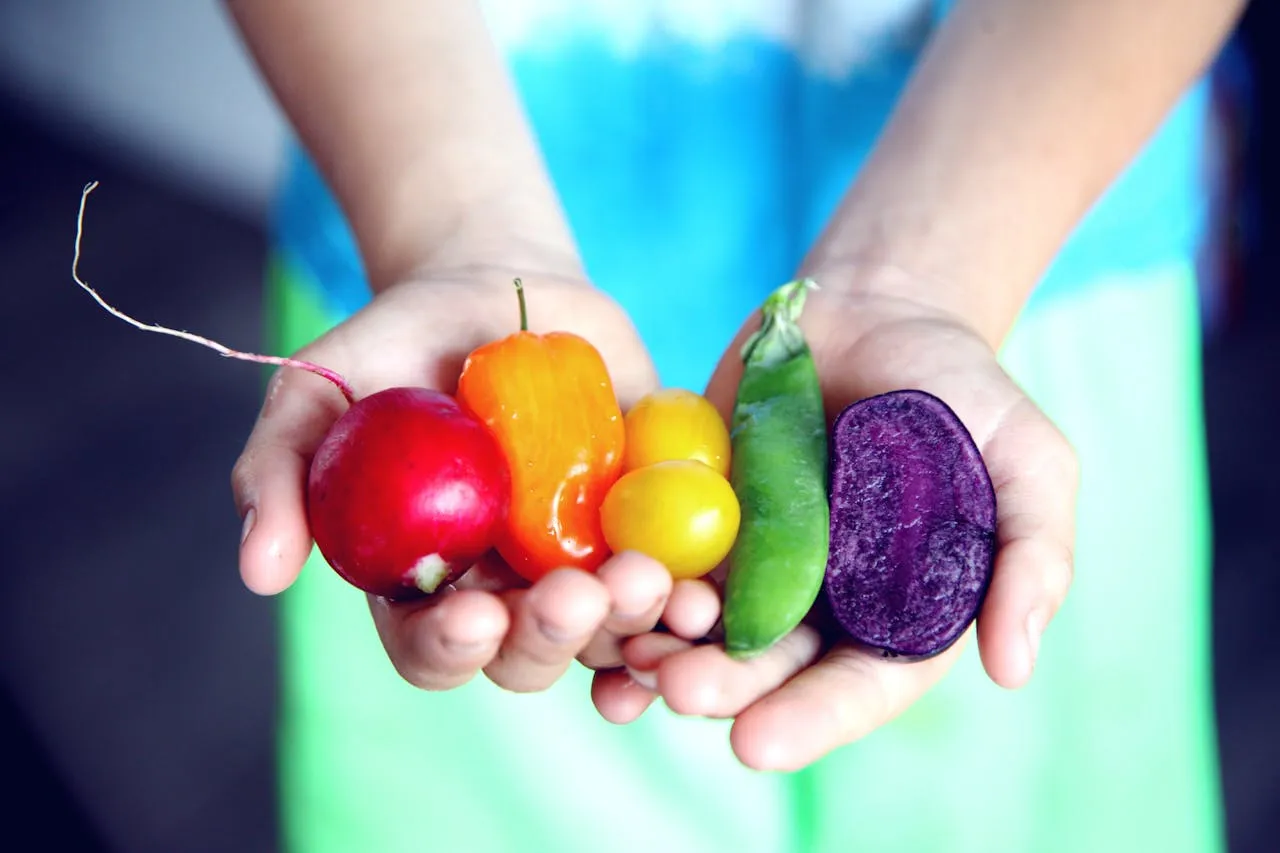In 2013 the UK’s Waste Resources Action Programme (WRAP) released the publication entitled Household Food and Drink Waste in the UK 2012 which quantified the amounts, types and reasons for food and drink being wasted from UK households. It found that the amount of avoidable household food waste in 2012 (4.2 million tonnes per year) is equivalent to six meals every week for the average UK household. Preventing this food waste could save the average family up to £700 a year and deliver significant environmental benefits through landfill avoidance and by mitigating climate change (on the basis that this ‘unnecessary’ food would not need to be produced and hence all the costs associated with its production and distribution would be avoided).

This latest 2014 report, Household food and drink waste: A product focus, mines the datasets used to produce the 2013 report further.
Key findings include:
- 2 million tonnes of household food is discarded because it is not ‘used in time’, half of which is thrown away whole or in unopened packaging, costing consumers around £2.4bn a year.
- In a third of cases, passing a date label triggered disposal, while foods judged by consumers to have ‘gone off’ before they could be eaten (mouldy, stale etc.) were responsible for most of the remaining 1.3 million tonnes. Significant progress has been made around clarifying date labels and storage guidance to keep food fresher for longer, under WRAP’s Courtauld Commitment, but the level of waste clearly shows more needs to be done.
- Given that 90% of waste occurs in amounts more than 50g (3.8 million tonnes), there is a real opportunity to tackle a large volume of waste by finding new ways of helping people buy and use the amounts of food they need.
The image below is from the report, and shows where most of the food waste occurs:
Abstract
This report provides extensive details about household food and drink waste including detailed reasons about why it is thrown away, the size of individual instances of waste and the proportion of food left in packaging. It also provides details of which meal occasions are linked to the most waste and the percentage of purchases that are wasted.
Citation
WRAP, 2014, Household food and drink waste: A product focus, ISBN: 978-1-84405-469-5
WRAP has also produced recommendations for how to prevent household food waste which you can find here.
The report can be downloaded here. You can find more on the FCRN website on food loss, food waste and resource use here.
For a comparison with the USA looking at food waste at both retailer and consumer level, see this study that we highlighted last week: The Estimated Amount, Value, and Calories of Postharvest Food Losses at the Retail and Consumer Levels in the United States, by Jean Buzby, Hodan Farah Wells, and Jeffrey Hyman, USDA, Economic Research Service, February 2014.




Comments (0)